So here’s the deal folks. Back in the day when Disneyland California was in the planning stages, a man by the name of Cornelius Vanderbilt "CV" Wood, originally from Texas, actively worked in the planning, construction, and management of the new theme park.
Wood was actually hired by Walt Disney himself in 1953, and one of his biggest contributions to Disneyland was in selecting the orange grove site in Anaheim, California where Disneyland was eventually built.
Now, interestingly enough, Wood would go on to develop his own amusement parks all across the country. Sadly, for him, they would not have the same kind of staying power as his former employer's theme park(s), which is still going strong and expanding six decades later.
The park was called Freedomland U.S.A. and it was an American history-themed amusement park in Baychester, created with the slogan, "The World's Largest Entertainment Center." Opening on June 19, 1960, Freedomland was designed in the shape of a large map of the contiguous United States, with guests entering at the approximate location of Washington, D.C.
A few fun facts about Freedomland include:
- Freedomland was divided into a variety of themed areas based on the history of the United States, and each containing its own attractions, retail shops and restaurants. These included Little Old New York (1850-1900); Chicago (1871), The Great Plains (1803-1900), San Francisco (1906), The Old Southwest (1890), New Orleans - Mardi Gras, Satellite City - The Future, and State Fair Midway (added in 1962).
- The property was spread out over 205 acres, with 85 acres dedicated to the actual amusement park itself.
- Wood assembled a research and design team comprised of 200 top artists and architects, including 19 Academy Award nominees.
- Original music for the park was written byJulie Styne, the composer of numerous Broadway musicals including Funny Girl and Gypsy.
- Freedomland included 8 miles of navigable waterways and lakes, 10,000 newly planted trees, 18 restaurants and quick service stations and a parking lot able to accommodate 72,000 cars.
At a cost of $65 million to build, the park officially opened on June 19, 1960 and welcomed 65,000 visitors. Opening day was even featured on the Ed Sullivan Show that evening with a promotional tour of the park, referring to Freedomland as Disneyland's equal on the East Coast.
Size-wise, Freedomland was more than three times the size of Disneyland's 65 acre park and off to an amazing start! In fact, by June 20th, day two of operation, it was forced to stop selling tickets because of traffic jams leading to the park.
So, what went wrong? Well, the signs of trouble began to appear during its first year with a few hard financial hits. Only two weeks after opening, one of the stagecoaches overturned in the "Great Plains" section, resulting in ten guests to be hospitalized, including one with a broken spine. Large lawsuits were filed against the park from the accident and then a front office robbery of $28,000+ further depleted funds. By 1961, Wood's Freedomland was $8 million in debt.
In the end, on September 14, 1964, Freedomland filed for bankruptcy. Demolition of the park began in the latter part of 1965.
Today, the large residential development Co-op City and the Bay Plaza Shopping Center now occupy the site of the former park. A plaque commemorating Freedomland was put up near its one-time entrance in 2013.
-Elisa
References
Wikipedia
"Celebrating the Short, Sweet Ride of Freedomland" (The New York Times - June 19, 2010)

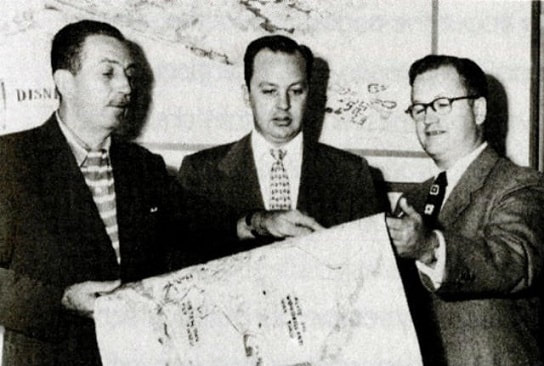
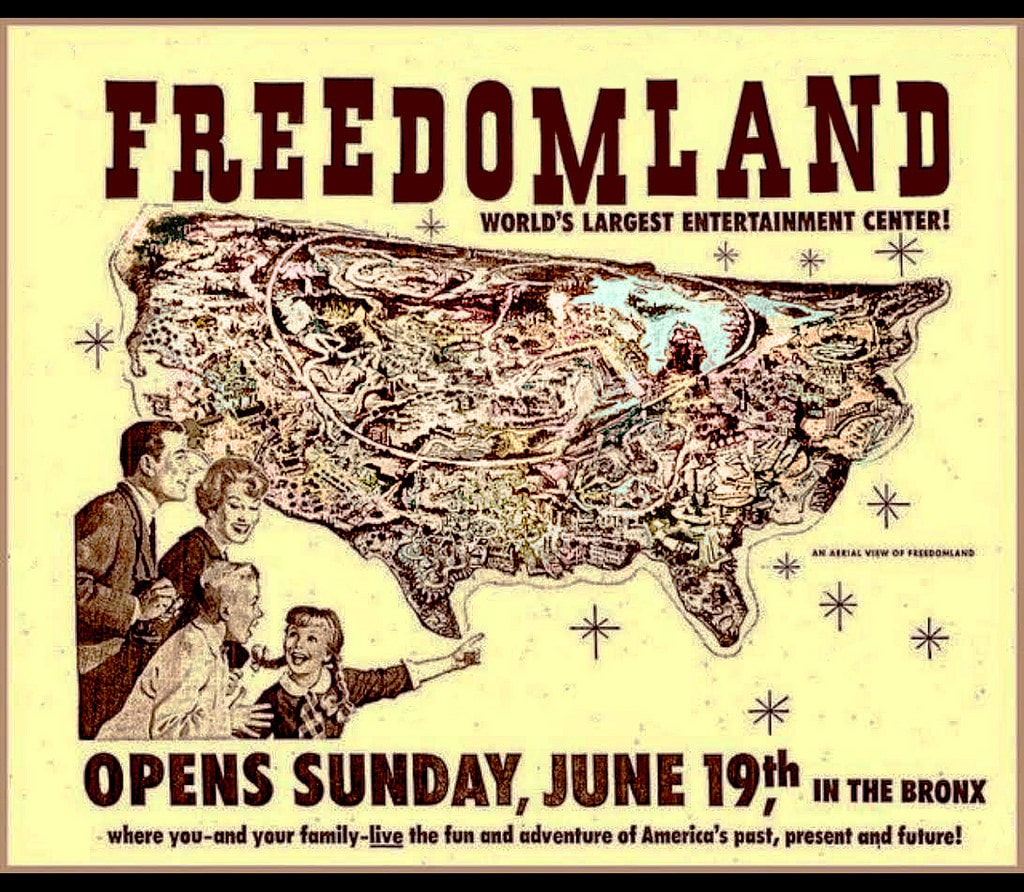
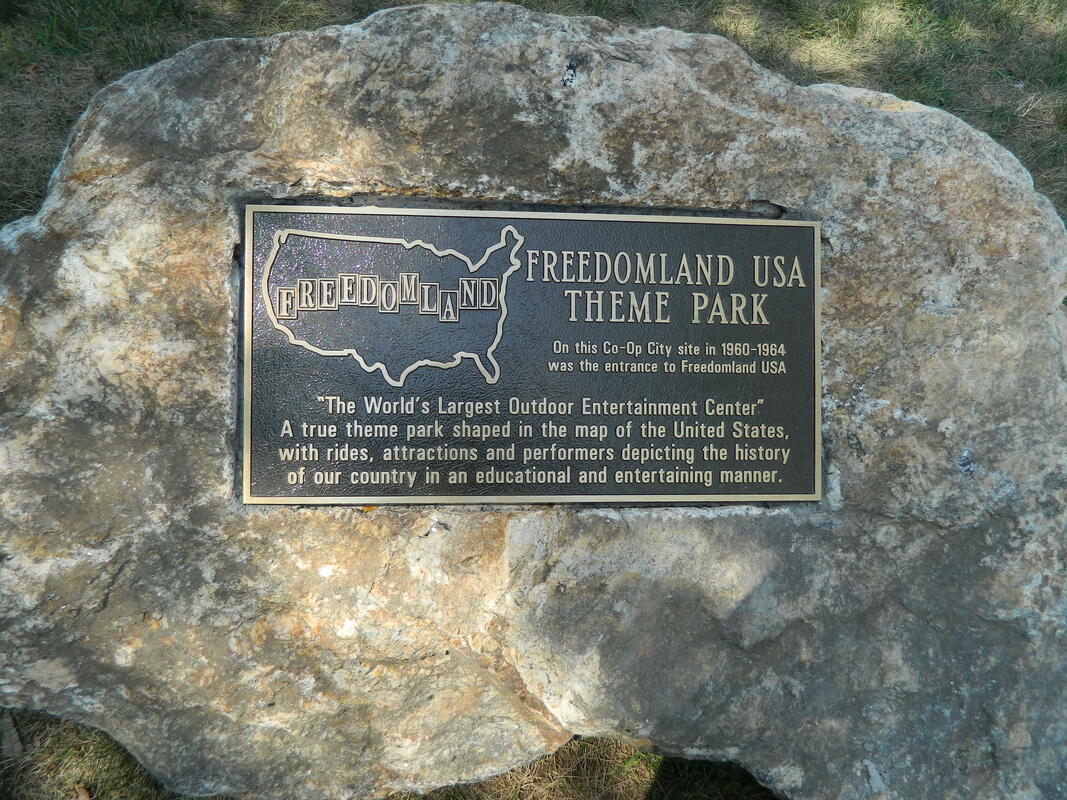
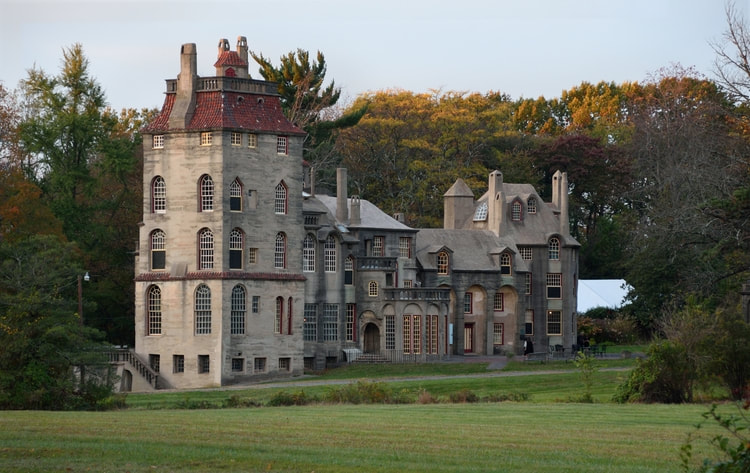
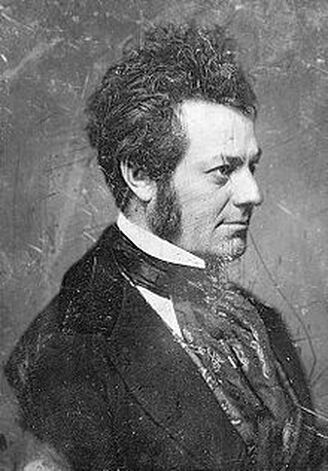

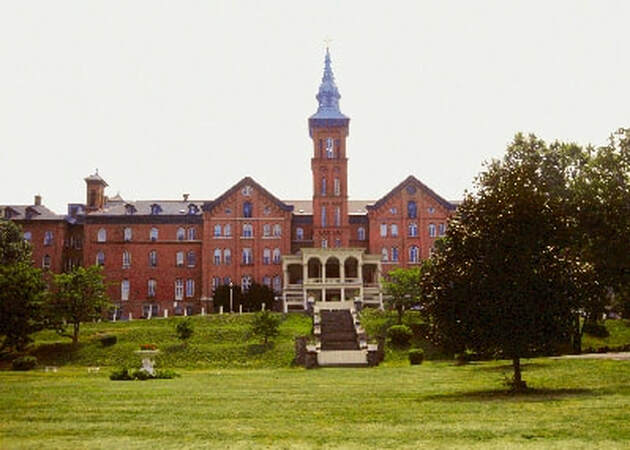
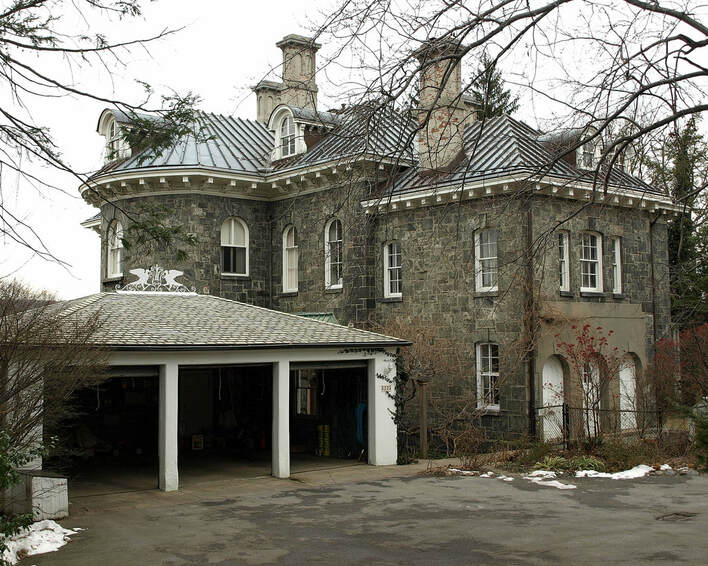
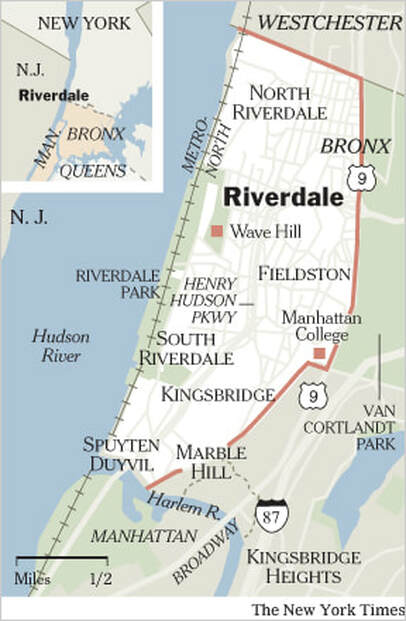
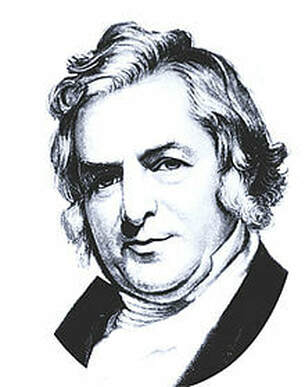

 RSS Feed
RSS Feed